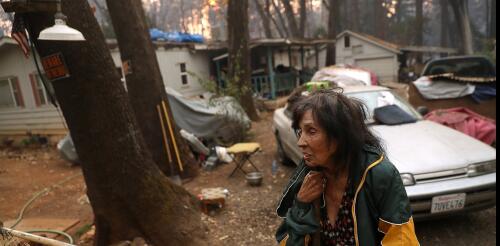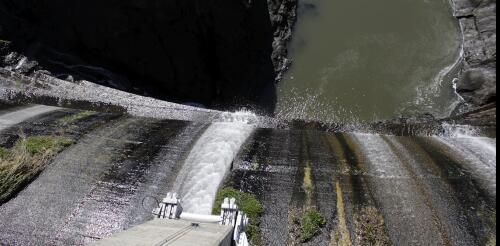Oregon
Coast redwoods – enormous, spectacular trees, some reaching nearly 400 feet, the tallest plants on the planet – thrive mostly in a narrow strip of land in the Pacific Northwest of the United States. Most of them grow from southern Oregon down into northern California, snugged up against the rugged Pacific coast. They have grown by slowly responding to moisture and rich alluvial soil over millennia, combined with a genetic payload that pushes them to the upper limits of tree height. They are at risk – down to perhaps 70,000 individuals, falling from at least a half-million trees before humans arrived – but that’s not a new story, for we are all at risk. Redwoods, like all trees, are engineered marvels. People don’t tend to think of natural things as “structures,” leaving that term to stand in for buildings, bridges and dams. But although trees were not built by humans, they didn’t just happen. They have come into their own t...
As wildfires burn across the Western U.S., the people in harm’s way are increasingly those least able to protect their homes from fire risks, evacuate safely or recover after a fire. In a new study, we and a team of fellow wildfire scientists examined who lived within the perimeters of wildfires over the past two decades in Washington, Oregon and California – home to about 90% of Americans in the U.S. West exposed to wildfires over that period. Overall, nearly half a million people in California, Oregon and Washington were exposed to wildfires at some point during the past 22 years. Alarmingly, about half the people exposed to wildfires in Washington and Oregon were considered socially vulnerable. While the number of people exposed to fire rose overall, the number of socially vulnerable people exposed more than tripled between the first and second decades. How social vulnerability affects fire risk A variety of factors shape social vulnerability, including wealth,...
The Klamath River runs over 250 miles (400 kilometers) from southern Oregon to the Pacific Ocean in Northern California. It flows through the steep, rugged Klamath Mountains, past slopes of redwood, fir, tanoak and madrone, and along pebbled beaches where willows shade the river’s edge. Closer to its mouth at Requa, the trees rising above the river are often blanketed in fog. The Klamath is central to the worldviews, history and identity of several Native nations. From headwaters in Klamath, Modoc and Yahooskin-Paiute lands, it flows through Shasta, Karuk, Hupa and Yurok homelands. The Yurok Tribe has legally recognized the personhood of the river. Historically, the Klamath was the third-largest Pacific salmon-producing river on the West Coast. The river supported abundant and diverse runs of native fish, including Chinook and coho salmon, steelhead trout, Pacific lamprey, green sturgeon, eulachon smelt and coastal cutthroat trout. Most of the Klamath in California has...


